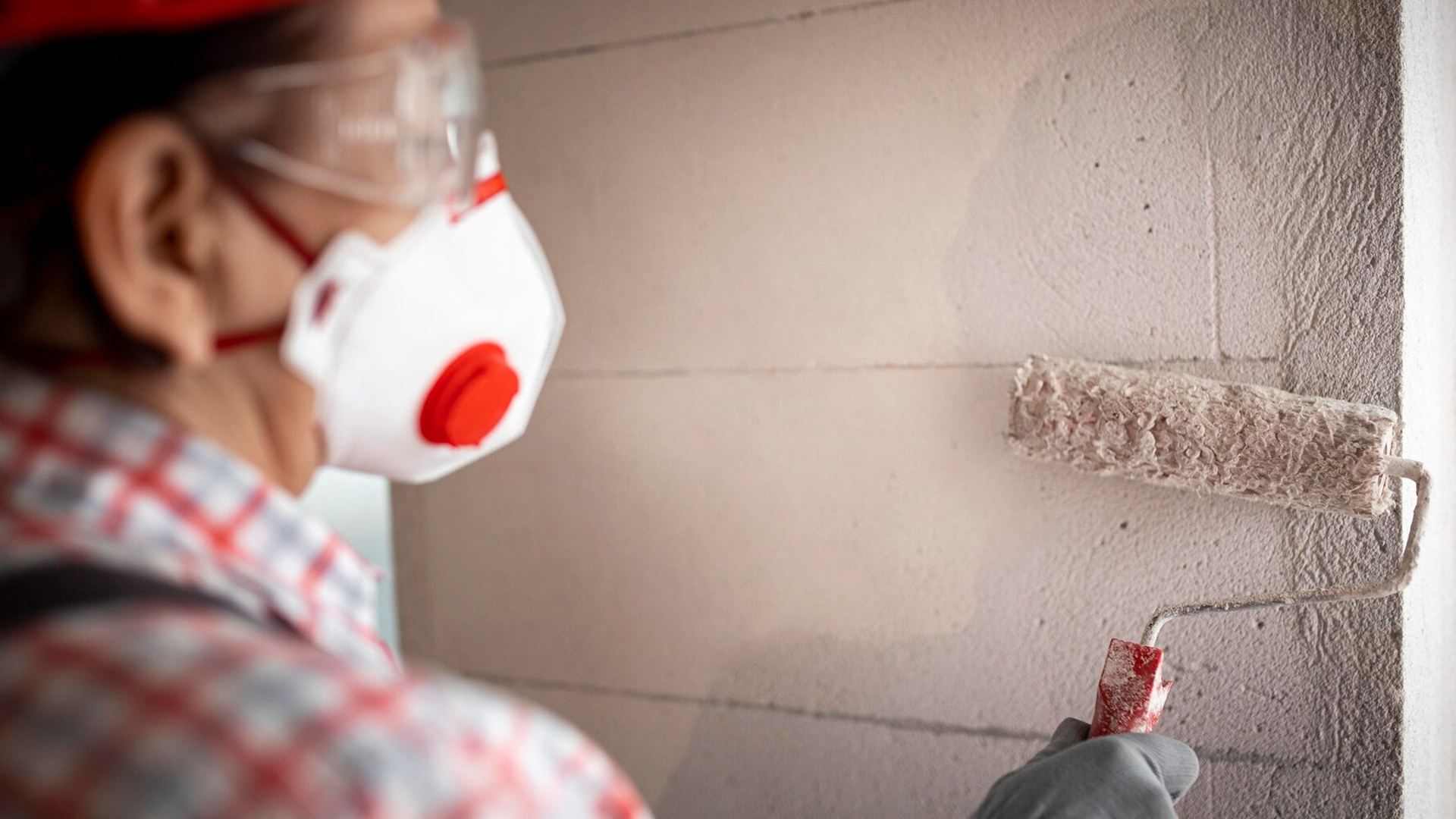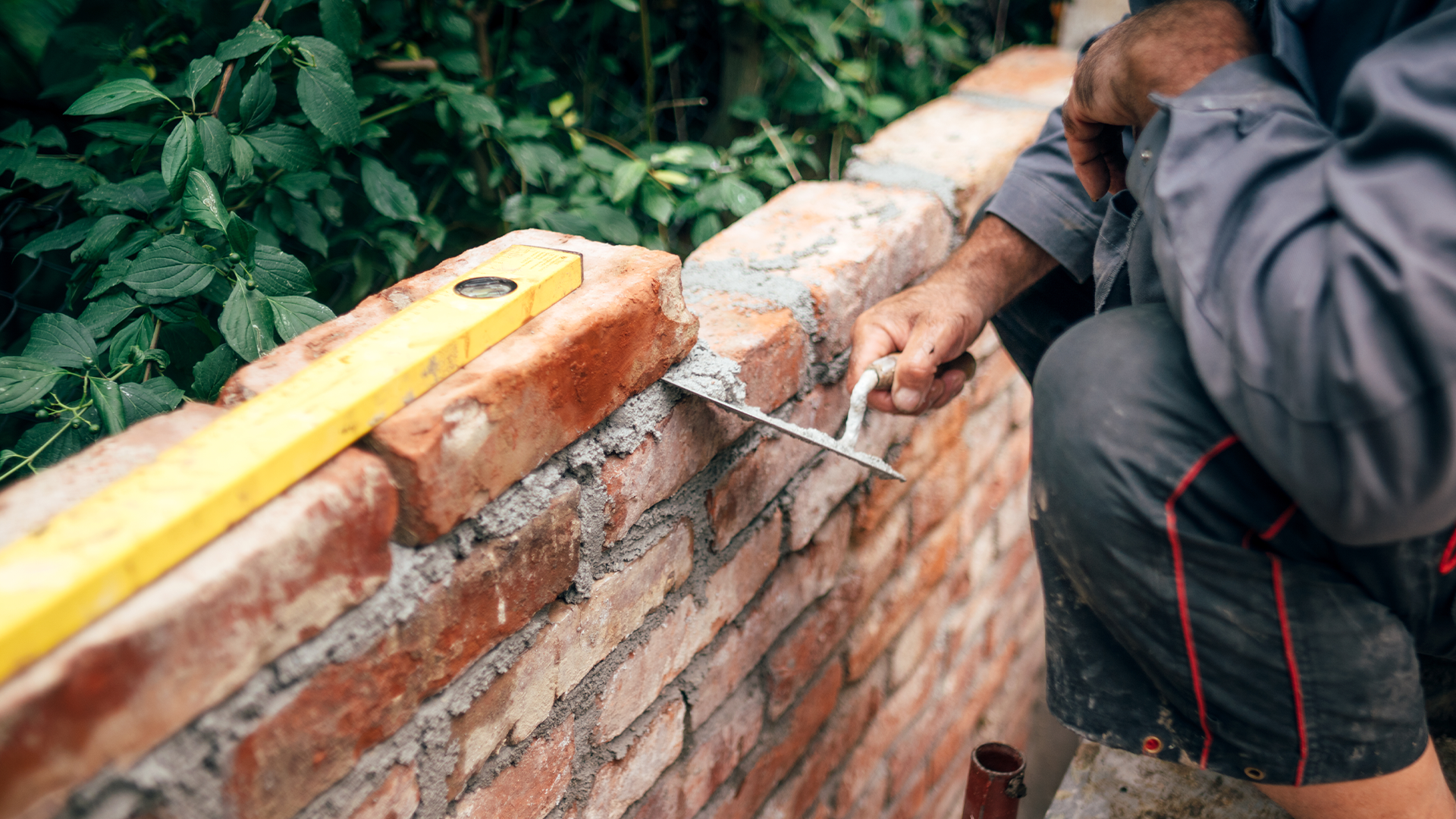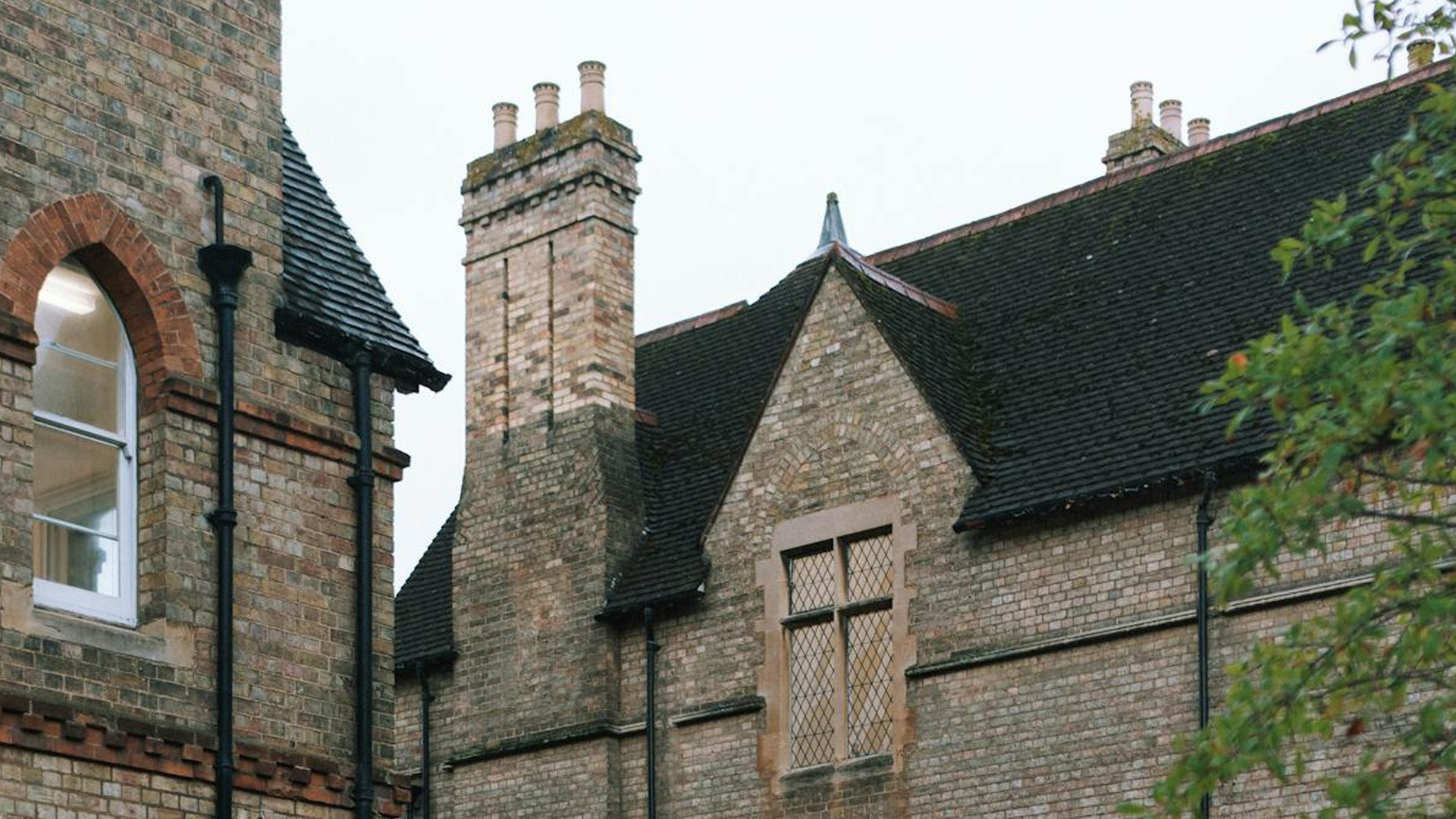What is House Rendering?
House rendering is more than just an aesthetic uplift; it’s an essential process of applying a protective coating to the exterior walls of your property. It serves as a critical line of defence against the notoriously unpredictable UK weather, whilst also enhancing your home’s visual appeal. For UK homeowners, understanding the importance and benefits of house rendering can provide a strong foundation for home maintenance decisions.
Types of House Rendering
There are several types of house rendering available, each offering distinct advantages and suitability for various properties.
1. Sand and Cement Rendering
Sand and cement rendering is one of the most traditional methods of rendering. It’s a simple mix of sand, cement, and sometimes lime, applied in two coats. This type of rendering is particularly cost-effective and provides a robust and resilient finish that can protect against harsh weather conditions. However, it can be prone to cracking if not done correctly and might not offer the smoothest, most appealing finish. It often requires regular painting or a finishing coat to improve its appearance and enhance its longevity.
2. Lime Rendering
Lime rendering is another traditional rendering technique often used on older or historical properties. Lime render consists mainly of lime and sand, allowing the walls to ‘breathe’ and enabling moisture to escape, which is a crucial factor in preventing dampness in many UK homes. This type of render is flexible and less likely to crack, making it ideal for buildings that may shift or settle over time. Aesthetically, it offers a softer, more textured finish than a cement render, adding to the charm of period homes.
3. Acrylic Rendering
Acrylic rendering is a more modern rendering method. It involves applying a mix of acrylic resin and sand to the exterior walls, resulting in a strong, durable coating. The main advantage of acrylic rendering is its extensive range of available colours and textures, which reduces the need for regular painting. Acrylic render also has superior water-resistant qualities and adds an extra layer of insulation to your home, helping to keep it warm during those colder UK months. However, it’s worth noting that this type of rendering tends to be more expensive than other options.
4. Silicone Rendering
Silicone rendering is known for its excellent water-repelling properties. The silicone ensures that the render is breathable, allowing water vapour to escape from the building, reducing the risk of dampness and mould. This type of rendering is also self-cleaning, as dirt and grime are unable to stick to the silicone-infused surface, keeping the walls cleaner for longer. Like acrylic rendering, silicone rendering is available in many different colours, eliminating the need for painting.
5. Monocouche Rendering
Monocouche rendering is a type of rendering that requires only a single coat, making it a quicker application process compared to the traditional two-coat systems. This type of render is a blend of cement, lime, additives and pigments, offering a range of colour options that permeate the entire render — meaning the colour won’t fade or peel away. It provides a smooth, contemporary finish and has good weather-resistant properties, making it popular among many homeowners.
Each type of house rendering has its own unique set of benefits, and the choice will depend on various factors such as your budget, the age and condition of your property, and the aesthetic you want to achieve. It’s crucial to discuss these options with a professional rendering service like All Weather Coating to determine the best solution for your home.
The Benefits of House Rendering
House rendering offers an array of benefits. While the main advantage is the layer of protection it provides to the exterior walls, there are several other factors that make it a worthy investment.
1. Protection Against Weather
The UK’s weather conditions can be harsh and unpredictable. House rendering provides a critical shield against various elements like rain, wind, snow, and ice. This barrier prevents water ingress, which can cause significant structural damage over time, such as damp, mould, and decay. By protecting your walls from moisture absorption, rendering can save you from costly repairs in the future and ensure your home stays structurally sound.
2. Enhanced Property Value
A well-executed house rendering job can significantly enhance the aesthetic appeal of your property. It offers a fresh, clean look and can cover up any existing exterior damage or unsightly brickwork, giving your home a facelift. This not only makes your home more attractive to look at, but it can also boost its market value. So, if you’re considering selling your property in the future, house rendering could be a strategic investment.
3. Improved Energy Efficiency
Certain types of house rendering, like acrylic or silicone rendering, can add an extra layer of insulation to your home. By doing so, these forms of rendering can help trap heat inside during the colder months, reducing the amount of heat lost through the walls. As a result, your home can stay warmer for longer, meaning you’ll rely less on artificial heating systems. This can lead to a significant reduction in your energy bills, contributing to more sustainable living.
4. Low Maintenance
Most types of rendering are relatively low maintenance, making them a convenient choice for homeowners. Some renders, such as silicone and acrylic, have self-cleaning properties. They repel water and prevent dirt and grime from adhering to the walls, keeping the exterior of your home looking clean and fresh for longer periods of time. This can reduce the time and cost you’d otherwise spend on exterior house cleaning and maintenance.
5. Prevents Deterioration
Over time, exposed brickwork can deteriorate due to various factors like weather conditions, age, and pollution. By applying a layer of render, you can protect the underlying brickwork from these damaging factors. Rendering can stop the progression of existing damage and prevent further deterioration, ensuring your home remains structurally safe and secure.
6. Customisability
House rendering comes in various finishes, colours, and textures. This allows homeowners to customise their exterior walls to match their desired aesthetic. Whether you prefer a smooth, contemporary finish or a more textured, traditional look, there’s a rendering option to suit your style.
In summary, house rendering not only protects your home but also enhances its appearance, increases its value, improves energy efficiency, reduces maintenance efforts, and prolongs the life of your walls. It’s a home improvement investment that delivers multiple dividends over the years.
Choosing the Right Professional for House Rendering
House rendering is a specialised task, and choosing the right professional is crucial. At All Weather Coating, we have years of experience in house rendering, providing expert advice and quality workmanship to homeowners across the UK.
Remember, the lowest quote doesn’t always mean the best value. The right professional should have demonstrable experience, provide a comprehensive service, and use high-quality materials to ensure your house rendering lasts.
Final Thoughts on House Rendering
House rendering is an integral part of home maintenance that UK homeowners should consider. It provides crucial protection against weather, enhances your home’s aesthetics, and can even improve energy efficiency.
With the right professional team, like All Weather Coating, house rendering can be an investment that pays off in many ways, from boosting property value to lowering energy costs. It’s worth spending time understanding the process, considering the options, and choosing the right rendering service for your home.









